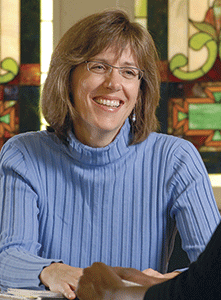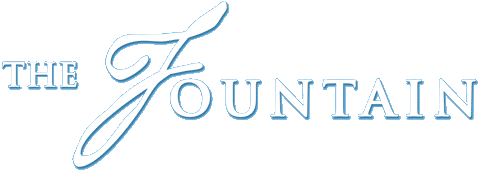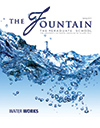Surveying the Landscape
What's on the horizon for graduate education

Thomas Kawula (above) and Laurie Maffly-Kipp (below-left) say interdisciplinary scholarship is a trend in graduate education.
More interdisciplinary interaction, greater diversity and a need for increased funding: that is what some faculty members say are the latest trends in graduate education. And they all agree the University of North Carolina at Chapel Hill must be forward thinking in these areas if it is to remain a leader in graduate education and an attractive destination for the nation’s top students.
Though interdisciplinary studies have always been a part of graduate education, the demand for interdisciplinary scholarship has increased in recent years. Faculty members have noticed a greater interest among students for interaction across disciplines.
“I talk to more and more students who want to work across traditional departmental boundaries and are looking to combine disciplines in ways that have not been done before,” says Laurie F. Maffly-Kipp, an associate professor of Religious Studies.
As director of the Royster Society of Fellows program, Maffly-Kipp is in a unique position to observe trends in graduate education.
“I think it is a healthy correction to the trend of overspecialization,” Maffly-Kipp says. “It makes sense for people to say you cannot fully understand this small area of biostatistics or religious studies without seeing it in a broader context.”

Laurie Maffly-Kipp
Though the interest in interdisciplinary studies has blossomed in recent years, there remains some resistance to the idea. Students need support to move beyond the historical notions of strict departmental boundaries and explore non-traditional areas of study.
“I really think graduate students are leading the way,” says Thomas H. Kawula, an associate professor in the Department of Microbiology and Immunology and director of the Graduate School’s University Fellows program. “More and more students want to interact with scholars from other departments to better understand how research being done in other areas can influence their own work. It is the exchange of ideas that really excites students and inspires their creativity.”
The traditional make up of the graduate student population is being challenged as well. The changing face of the United States’ population means there is a greater inclusion of minority perspectives in classrooms and laboratories.
“Increased diversity in the student population is likely to change the culture of graduate education, adding a breadth of viewpoints and experiences that are expected to benefit all students,” says Susan T. Lord, a professor in the Department of Pathology and Lab Medicine, and former Royster director.
Fellowships are important for the University to stay competitive in attracting the best graduate students. A university’s reputation is often dependent upon the research and scholarship it produces. Carolina is no different. Though funding for graduate students has increased dramatically in recent years, the need for continued support is still great.
“I think the University is doing a great job, as best it can, but there is always a need to find more donors who are willing to support graduate education,” Maffly-Kipp says. “It is always a struggle, but Carolina is unique in that its dedicated alumni and friends understand the importance of the University to the state and its citizens, as well as to the nation and even the world.” • J. Todd Brantley


